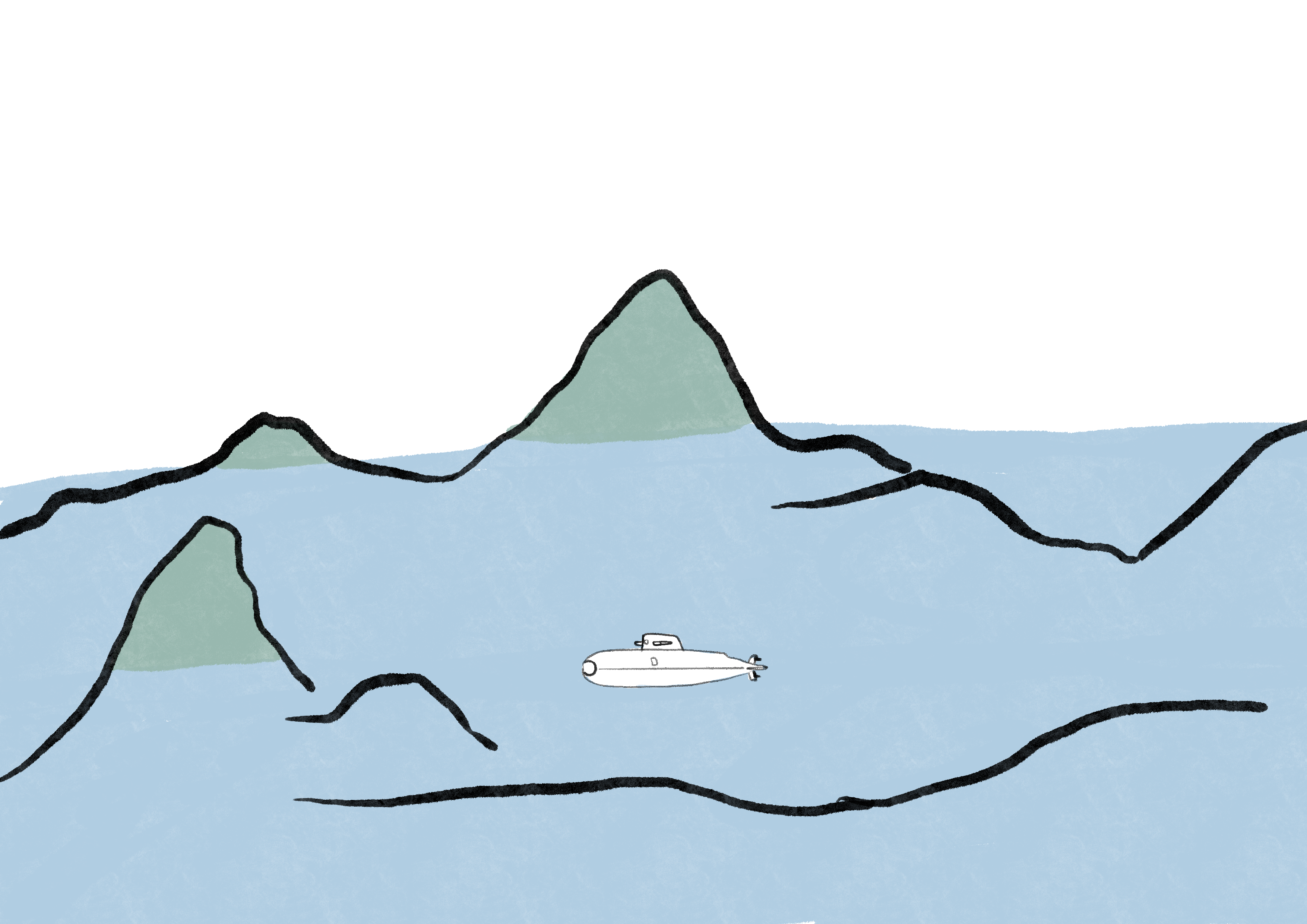The Archipelago
There are three ways to perceive an island chain.
1. If seen from above—a perspective that world maps and globes attempt to simulate—islands appear irretrievably separate and isolated from one another.

2. The same idea of separation is also present if you descend like a traveler to the surface, except that now, as you move, you experience each domain in sequence: land - water - land, and again water.

3. However, if you take a ride in a submarine, or perhaps a diving bell, your perspective will suddenly change. Now, you could perceive that the separation is only an illusion. What from above appeared as islands are indeed the tips of a deeply interconnected mountain chain.

The image of the archipelago describes the form of the early modern world, both in terms of geographical and cultural differences. With the benefit of historical distance, and looking from above, one can almost be certain of the neatly distinct profile of cultures and ways of being, of knowing, and of making knowledge in places such as China, Europe, the Islamicate Middle East, Africa, and the Americas. At surface level, one will encounter, as many early modern travelers did, both continuities and immense gaps between these places. But the deeper one goes under the surface, the connections still persist, even though with depth there is less sunlight to make them manifest.
